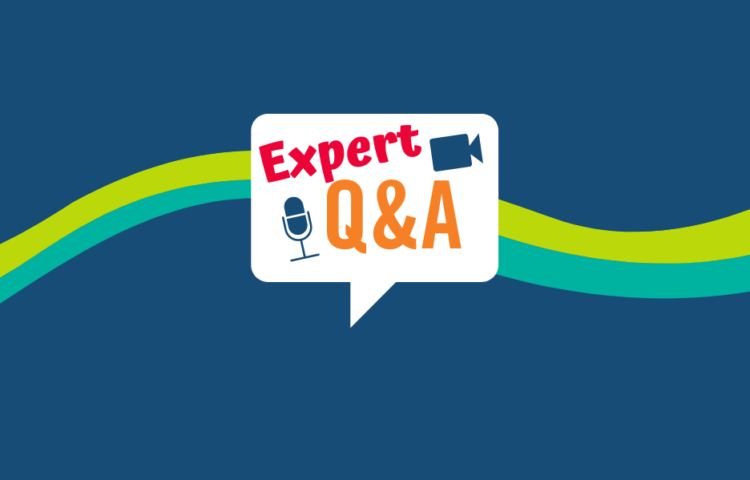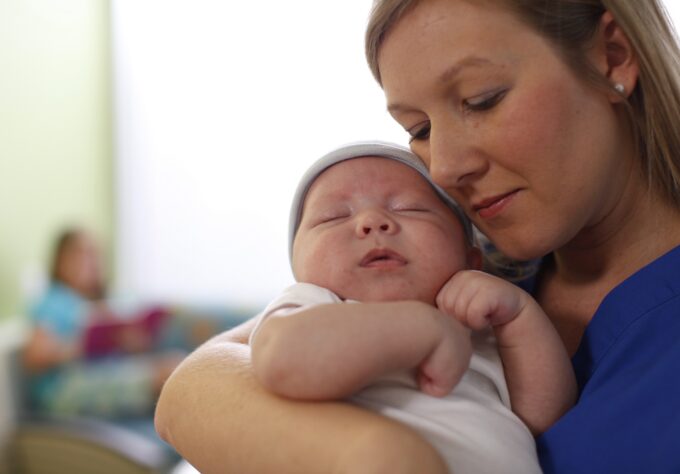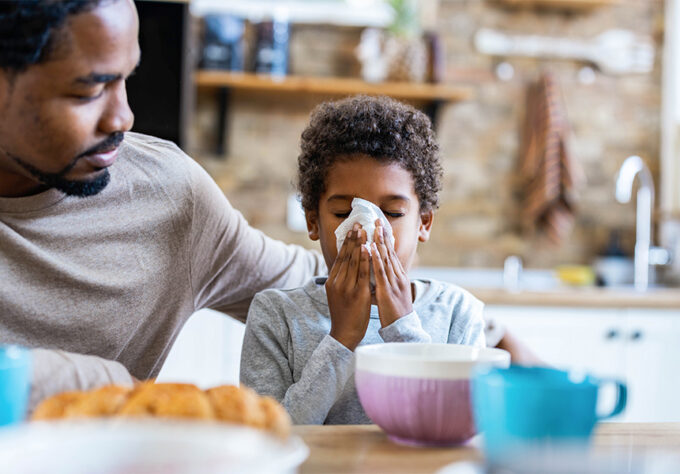During this Q&A session, Kathleen Miller-Skomorucha, occupational therapist, and Carrie Sewell Roberts, social worker, answer questions about maximizing the potential of your child with cerebral palsy (CP) by working with your care team to set goals.
Carrie is a social worker and mom to a 13-year-old daughter with CP. Throughout this discussion, she shares with us different examples of what has worked for her family, but also a plethora of resources families can use for their own means. When you’re thinking about setting goals for your child’s future, an important first step is to set a framework. For example, there’s a structure called “Person-Centered Future Planning.” She talks about ways families can use resources like the ones below to work with their child and care team to create shared goals.
Kathleen is an occupational therapist who treats patients with CP. She shares her unique perspective as a therapist, discussing goals for therapy. It’s important meet with your child’s therapy team to determine the best course of action for incorporating therapy techniques into an everyday routine. Discussions with your therapy team should be an ongoing discussion of continuous goals, and not just a one-time conversation. Collaborate with the team to set SMART (specific, measurable, attainable, relevant, and time-based) goals for your child.
Q: How do I begin a conversation with my child’s healthcare team about the goals for my child?
A: Start by writing down your questions and your goals on a piece of paper. Remember to include, what are my goals for my child, what are my goals specific to this area of service, what questions do I have, what things do I need to achieve these goals, and who do I need to ask for help in achieving these goals?
Get organized, bring a care binder/ folder as other options. When you come in to an appointment with this already in mind, this serves as a great starting point for all parties involved. In some cases, it’s worth starting with the larger goals and breaking them down into smaller increments to help you through each step of the goal.
Q: How do I know if the goals I have for my child are achievable?
A: Over time you tend to spend more time with your therapists and as the time passes, trust builds. You tend to notice the child’s investment in the goal that is being addressed. A great model to think of, is the parent as the coach. You know a lot about your child; share what you know about your child openly with the therapist, this allows for more collaboration between the parent, child, and therapist. Consistent collaboration with your therapist can help you address this, which is a key factor in making achievable goals.
Q: How to help your child be autonomous in goal setting, both short term and long term?
A: As the child becomes more accustomed to their voice being valued in the process of defining goals that they work toward, over time they begin to feel more empowered. It’s important for the child to be their own best advocate. The child being able to articulate how it is they want the therapist to work with them. For example, how much support they would like, how much distance they’d like, how best can they help that person that is treating them. The same is true in defining goals for themselves. Helping them find their voice, even if they can’t articulate exactly what they would like to work toward, they’ll find it.
If your child is nonverbal and uses a communication device to speak, it’s important to work with your therapist to make sure the words are there on the device, so that the child is able to communicate their needs.
Q: How do I embed therapy goals into my child’s schedule if they don’t have time for therapy every day?
A: Have an open communication line with your therapist and put a little pressure on your therapist to make sure tasks are fair and achievable. The therapist can help the family to determine what can be incorporated into a daily routine.
“For example, my daughter’s therapist asked me to do stretching and range-of-motion exercises with her and I didn’t know how to fit that into my schedule. My therapist told me to just move her legs a little bit while changing her diaper. I found that so helpful, giving me ways to implement it throughout the day.”—Carrie Sewell-Roberts
Q: Many children have lost ground, due to COVID-19. How do you think schools and therapy centers should help families regain this lost ground over the coming year?
A: Some school districts are offering COVID compensatory services. It depends on the county and the state. As far as center based, for some of our kids we will do an interval of therapy that has a higher frequency for now, to kind of help them get back to their pre-COVID levels. After that we will talk about what other avenues can be pursued. Some of that is school therapy services and early intervention therapy coming back online, but also other activities that offer therapeutic benefit.
Q: What are ways to be proactive about future goals for your child, early on, after diagnosis?
A: Start thinking about framing out your understanding of your child’s early diagnosis. Do your research, look at validated/ vetted resources. If your child has a CP diagnosis, the CP Foundation has great resources. Learning more and building your library of great resources would be a great first step. Voice your questions to your child’s care team early on. Often times it is going to be multiple conversations with your child’s care team and not just a one-time conversation. More questions will come to you over time; the more information you absorb, you will be able determine what to filter through for you and your child’s care.
Resources
- How to set goals for the future
- Person-Centered future planning tools
- How to find someone to help with future planning
- Nemours (PLAN) Team – “Transition program”
- The ARC for your region
- Family Voices for your state
- Supports Coordinator through your state/county’s office of MH/ID/DD
- Find yours here: https://www.nasddds.org/state-agencies/
- Care coordinator through your child’s Medicaid HMO
- Care notebook, Care mapping
- State and Federal resources, Medicaid waiver funding programs
- IEP planning, meetings and educational support
- Financial planning



